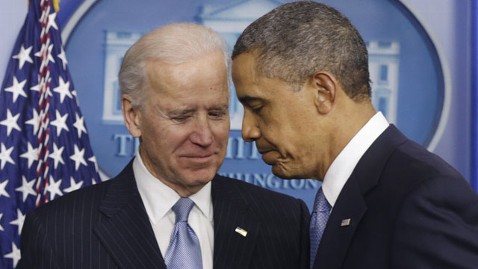NEW YORK: US Secretary of State Hillary Clinton was released from a New York hospital late Wednesday and is expected to make a full recovery from a rare blood clot in her head, a top aide said.
"Secretary Clinton was discharged from the hospital this evening," Deputy Assistant Secretary Philippe Reines said in a statement, three days after the 65-year-old diplomat was admitted for treatment.
"Her medical team advised her that she is making good progress on all fronts, and they are confident she will make a full recovery," he said, adding that Clinton was "eager to get back to the office."
Earlier the top US diplomat, bundled up against the cold in a winter coat and wearing dark glasses, appeared in public for the first time in almost a month, when she came out of a building at the New York Presbyterian Hospital.
It was the first time Clinton had been seen since catching a stomach virus on returning from a trip to Europe on December 7, which triggered a series of health scares and forced her to cancel a planned visit to North Africa.
Accompanied by her smiling husband, former president Bill Clinton, as well as her daughter Chelsea and several aides, Clinton walked unaided to a waiting black van at the hospital, according to images broadcast by CNN.
Both Clinton and her family "would like to express their appreciation for the excellent care she received from the doctors, nurses and staff at New York Presbyterian Hospital Columbia University Medical Center," Reines added.
He did not say when the secretary would return to work though, promising only to issue an update in the coming days. She is due to step down after four years in office later this month, handing the baton to Senator John Kerry, who has been nominated by President Barack Obama to replace her.
"Grateful my Mom discharged from the hospital & is heading home. Even more grateful her medical team confident she'll make a full recovery," Chelsea Clinton said in a tweet.
Kerry's appointment will have to be confirmed by the new Senate, due to be sworn in on Thursday, but as a veteran, well-respected senator he is expected to sail through the hearing.
Earlier, State Department spokeswoman Victoria Nuland said Clinton had been busy keeping in touch by telephone.
"She has been talking to her staff, including today. She's been quite active on the phone with all of us," Nuland told journalists.
The globe-trotting diplomat was admitted to the hospital on Sunday after a routine scan revealed the clot in a vein behind her right ear in the space between her skull and her brain.
Her doctors Lisa Bardack, from the Mount Kisco Medical Group, and Gigi El-Bayoumi, of George Washington University, said in a statement on Monday that Clinton had not suffered a stroke or any neurological damage.
They said however they would be treating Clinton with blood thinners to break up the clot, which if left untreated could be potentially dangerous.
The effects of the stomach bug caused her to become dehydrated. She then fainted and suffered a concussion, which is thought to have brought on the blood clot.
Clinton still has some unfinished business as she wraps up her popular tenure at the State Department, and is widely expected to testify before the end of the month on the September 11 attack on a diplomatic mission in Libya.
She had been due to appear at hearings last month, after a State Department inquiry found security at the Benghazi mission was "grossly inadequate" but was forced to cancel after she fell ill. Four Americans died in the attack.
Republican Representative Peter King said he believed she still needed to testify "and I think she will be pleased to do it. I never have known Hillary Clinton to back away from a fight."
But King told CNN she should not appear before Congress "until she is absolutely in perfect health."
-AFP/ac












